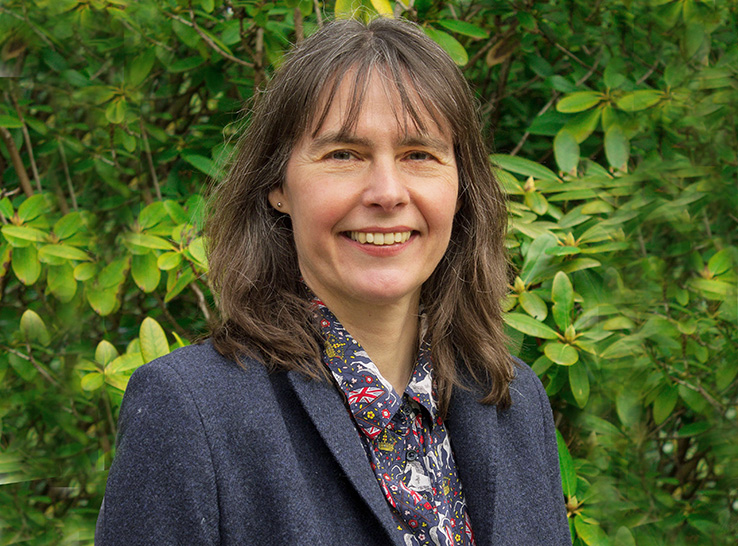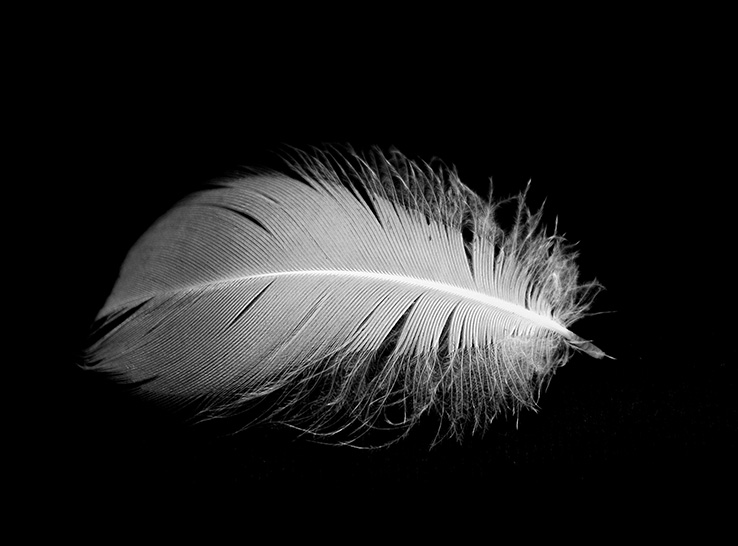Research is uncovering new opportunities to optimize the brooding period for broilers.
Brian Fairchild, PhD, University of Georgia, highlighted three key opportunities in a presentation at the 2024 PEAK conference, sponsored by Midwest Poultry Foundation.
“To optimize performance in broilers and help them reach their full genetic potential, we must provide them with the ideal brooding environment,” he said.
1. Aligning the fundamentals to improve results
Brooding refers to the period immediately after hatch when special care and attention must be given to chicks to ensure their health and survival, Fairchild explained. “The brooding period is important to getting chicks off to a good start and influences flock performance.”
Depending on the market weight, the brooding period represents as much as one-third of the grow-out period. The chick is still developing and will grow rapidly during this period.
“During the brooding period, the objective is to optimize support and minimize stress so that the majority of the bird’s energy is directed toward growth and development.”
There are six fundamental factors — temperature, feed, water, air quality, lighting and protection from disease — to get right to get birds off to a good start, Fairchild said.
Fairchild and colleague Michael Czarick, Extension Engineer, University of Georgia, including several of his graduate students, have made significant strides toward improving knowledge in each of these areas and developing more optimal strategies.
“Our margin of error to reach peak conditions for these birds is very small. This is why there has been a substantial amount of research looking into how we get these birds off to the best start possible.”
The researchers have focused on efficient muscle-mass development as a macro target for strategies aligning the six fundamentals, Fairchild said.
Modern broilers have evolved dramatically over the past several decades, and the most obvious difference is in muscle mass, he observed.
“Muscle mass is a demand tissue. The bird needs to supply nutrients and resources to that muscle to maintain it. It’s going to take part of the energy it’s taking in, in the form of feed, and devote that toward maintaining muscle mass.”
2. Rethinking lighting strategies to benefit from dark periods
Typically, broiler producers provide 23 to 24 hours of light during the first 7 days of a flock’s life to ensure maximum feed consumption during the critical early growth period. However, research by one of Fairchild and Czarick’s former PhD students, Garret Ashabranner, has challenged this standard practice.
“Though it is widely believed that 23 to 24 hours of light is essential to maximizing chick performance, our preliminary trials have found no significant benefit in doing so,” he said.
The trials’ results suggest broilers can benefit from increased dark periods without adverse effects on growth and development.
“In the industry, we tend to give the chicks continuous or near-continuous light in that first 7 days or so, and it varies from company to company, country to country. Our research indicates there is room for longer dark periods that may be beneficial.”
Continuous lighting is likely less important during brooding because the birds spend a lot of time sleeping and resting, Fairchild noted. “They’re babies. That’s what they’re going to do. They’re going to get up, eat, move around the house and then they’re going to pass out for a while. They just do that routinely.”
Fairchild and his colleagues conducted several trials to evaluate the effects of providing periods of darkness during brooding.
Trial #1: Four hours of darkness
In one trial, the researchers examined the effects of providing chicks with a 4-hour dark period. The trial included 92 chicks in each of three rooms. The chicks started off with 24 hours of light and were then given 4 hours of darkness from the day of placement.
The researchers measured chick weights and feed consumption on days 0, 3, 7, 10 and 14 and monitored and recorded mortality daily. The study was repeated three times.
Three days after the control birds were given 4 hours of darkness the researchers observed that the treatment chicks tended to weigh significantly more than the control chicks.
“Over 2 weeks, the treatment birds did a little better than the control birds. Feed conversion and mortality were not negatively affected by the introduction of a dark period during brooding. In all three trials, uniformity was improved for the treatment group.”
Trial #2: Six hours of darkness
In a follow-up trial, the researchers used the same study design but examined birds over 3 weeks and implemented a 6-hour dark period.
“The positive benefits of a dark period were even more pronounced,” Fairchild said. “The treatment birds did even better under 6 hours of darkness.”
“In each trial, when we went from 24 hours of light to 6 hours of darkness, the birds’ growth rates and feed consumption stalled for about 2 to 3 days, allowing the treatment group to surpass the control group in weight.”
Melatonin production was higher in birds introduced to the dark period earlier. “This finding was very interesting,” Fairchild said. “Giving the birds a dark period early on helped their system upregulate melatonin to the point where they had higher melatonin production later in the study when conditions between the two groups were equal.”
This uptick in melatonin production may have advantages for thermoregulation, immune system function, digestion and more, he said.
Commercial trial: Six hours of darkness
The researchers then conducted a commercial trial, working with one of the poultry companies in northeast Georgia. The investigators used four houses. Two were treatment houses and two were control houses (four pens per house, each with 28 birds).
The treatment group received 6 hours of darkness. The control group had continuous light for the first week. Then on day 7, all houses received 6 hours of darkness.
A preliminary look at the impact of providing birds a dark period from the start saw a less percentage of lame birds in the treatment houses.
There appeared to be an advantage to introducing the darkness period earlier in development, he noted.
The researchers hypothesized that “slowing these birds down allowed them to divert some of the energy going toward growth and muscle and put it toward development. Perhaps diverting that energy helps develop the immune system and support structure that’s needed to support that muscle mass later” for overall better results, he said.
For the treated birds, feed conversion improved slightly, uniformity was not statistically different and there were no observable differences in stress hormone levels.
Subsequent bird weighing at the farm level showed no differences in bodyweight between the two groups. “Performance was not hurt by dark periods, and advantages that we observed may be beneficial.”
Trial takeaways
“Importantly, in every single trial, we saw fewer lame birds in the houses that had the dark period than the others that had continuous light. This makes sense if we consider the physiology and melatonin’s role in mobilizing calcium back into the bone,” Fairchild said.
“We have a lot more work to do to get some definitive answers, but the results so far are very encouraging,” he added.
In conclusion, the researchers found that providing chicks with a dark period during brooding, starting at day 0, had no observable negative effects on bird performance by the end of the trial.
Fairchild observed, “Based on our trials, providing a dark period during brooding can be done on just about every farm.”
3. Focusing on return on investment to streamline approaches
Lastly, Fairchild emphasized the importance of focusing on the return on investment to analyze and improve management strategies for the brooding period.
This includes taking a fresh look at conventional approaches to see whether some components continue to make sense. “For example, we’ve seen a lot done over the years to attract birds to water and feed. But there’s not a lot of scientific data to back up whether these practices actually do anything.”
“In conversations with farmers, flock supervisors and others, people always pointed out how many birds were at the drinker lines. The problem was the birds I saw at the drinker lines were not drinking water. They were just sitting or standing. No one had measured the water consumption.”
Another of Fairchild and Czarick’s form PhD students, Connie Mou, looked into this, performing a trial that showed little advantage to attracting birds with paper under the drinking lines.
“There’s a short-term effect occurring only a few hours after placement, but overall, there is minimal impact,” Fairchild said. “In our studies, we have found that breeder age is actually more influential on first-week weights than the practices of placing paper under the drinkers.”







